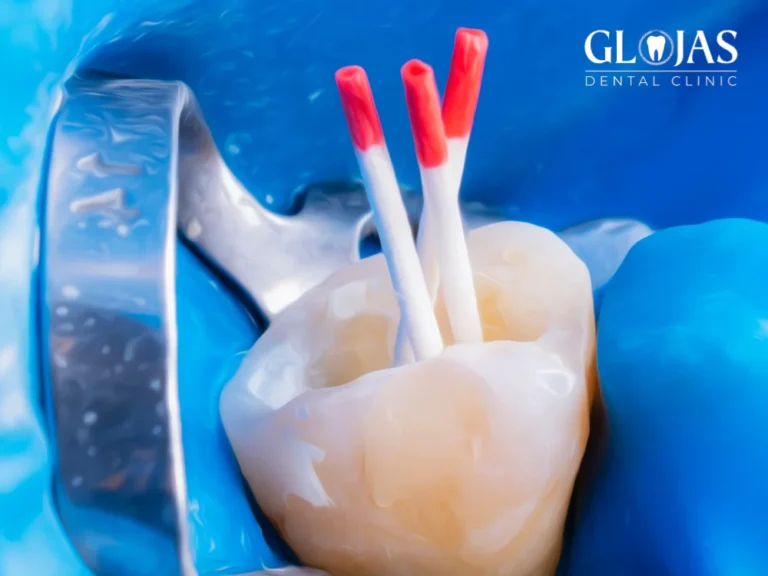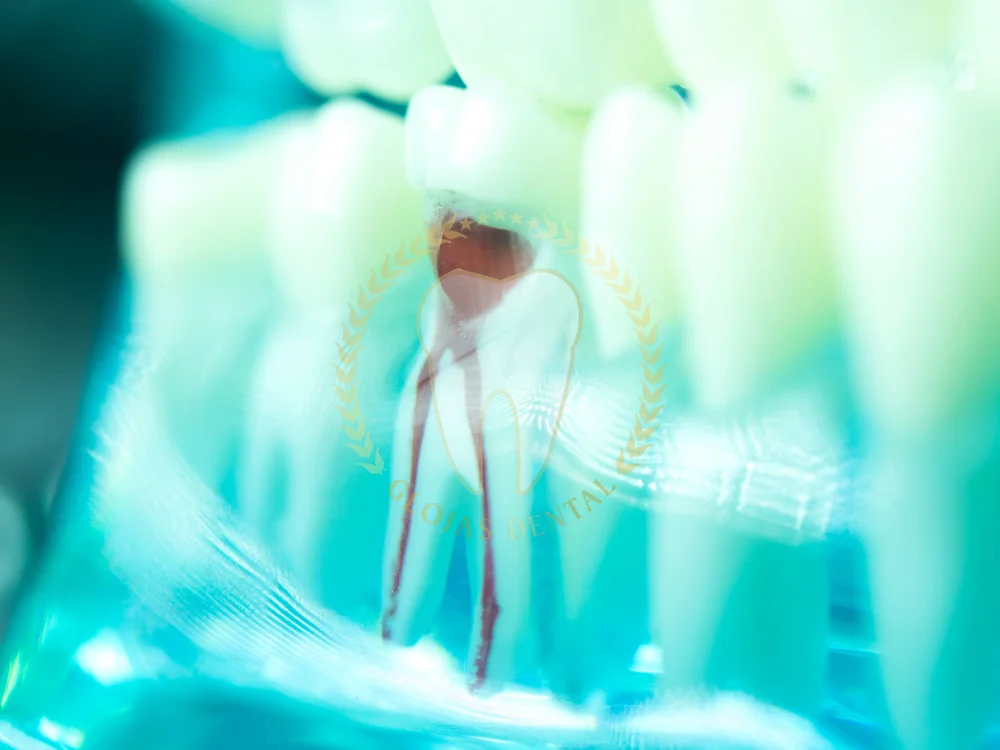Tooth pain can be excruciating, and for many people, it signals the need for urgent dental care. If you’re experiencing severe toothache, sensitivity, or infection, your dentist may recommend RC treatment, also known as root canal treatment. This procedure is a highly effective way to save a severely decayed or infected tooth, preventing the need for extraction.
Despite its reputation, RC treatment is not as painful or scary as many people believe. Thanks to modern dentistry, the procedure is now quick, comfortable, and highly successful in preserving natural teeth. This article will explain everything you need to know about RC treatment, including its benefits, procedure, recovery, and costs.
What is RC Treatment?
RC treatment (Root Canal Treatment) is a dental procedure that removes infected or damaged pulp from a tooth, cleans the root canals, and seals them to prevent further infection. It is typically performed when a tooth’s inner pulp becomes inflamed or infected due to deep decay, cracks, or trauma.
Signs You May Need RC Treatment
- Persistent toothache or pain while chewing
- Sensitivity to hot or cold foods and drinks
- Swollen or tender gums around the affected tooth
- Darkening or discoloration of the tooth
- Presence of a pimple-like bump on the gums (sign of infection)
Ignoring these symptoms can lead to severe infections, abscesses, and even tooth loss. Seeking prompt RC treatment can save your tooth and alleviate pain.
5 Powerful Reasons Why RC Treatment is the Best Option
1. Saves Your Natural Tooth
Many people assume that tooth extraction is the only solution for a severely damaged tooth. However, RC treatment allows you to keep your natural tooth rather than replacing it with a dental implant or bridge. Preserving your natural tooth:
- Maintains proper chewing function
- Prevents neighboring teeth from shifting
- Preserves your natural smile
2. Relieves Pain and Discomfort
One of the biggest misconceptions about RC treatment is that it’s painful. In reality, it relieves pain caused by infection or inflammation. With the help of local anesthesia and advanced dental techniques, most patients experience little to no discomfort during the procedure.
3. Prevents the Spread of Infection
A tooth infection can spread to the surrounding gums, jawbone, and even the bloodstream, leading to severe health complications. RC treatment removes the infected pulp, preventing bacteria from spreading and protecting your overall oral health.
4. Cost-Effective in the Long Run
While RC treatment may seem costly upfront, it is a long-term investment in your dental health. Extracting a tooth and replacing it with an implant or bridge can be far more expensive than saving the natural tooth with an RC treatment.
5. Improves Oral and Overall Health
A decayed or infected tooth can contribute to bad breath, gum disease, and even systemic infections. By undergoing RC treatment, you eliminate the source of infection, improving your overall health and well-being.
Step-by-Step Guide to RC Treatment
Understanding the RC treatment process can help ease anxiety and prepare you for the procedure. Here’s what to expect:
Step 1: Diagnosis and X-ray
The dentist examines your tooth and takes an X-ray to assess the extent of damage and infection.
Step 2: Local Anesthesia
To ensure a pain-free experience, local anesthesia is administered to numb the affected tooth and surrounding area.
Step 3: Pulp Removal and Cleaning
The dentist drills a small opening in the tooth to access the infected pulp. Using specialized instruments, the damaged pulp, bacteria, and debris are removed.
Step 4: Shaping and Disinfection
The root canals are shaped and disinfected to eliminate any remaining bacteria, preventing future infections.
Step 5: Filling and Sealing
Once cleaned, the canals are filled with a biocompatible material (gutta-percha) and sealed to prevent reinfection.
Step 6: Tooth Restoration
Since an RC-treated tooth becomes weaker, a dental crown or filling is placed to restore strength and function.
Post-Treatment Care and Recovery
The recovery period after RC treatment is usually smooth, with minimal discomfort. Here’s how to ensure a successful healing process:
Immediate Aftercare Tips
✔ Avoid chewing on the treated tooth until fully restored.
✔ Take prescribed pain relievers to manage mild discomfort.
✔ Maintain good oral hygiene to prevent further infections.
✔ Avoid sticky or hard foods for a few days.
Long-Term Maintenance
✔ Brush and floss regularly to keep the tooth healthy.
✔ Visit your dentist for regular check-ups and professional cleanings.
✔ Consider a dental crown for added protection and longevity.
Cost of RC Treatment
The cost of RC treatment varies based on factors like tooth location, severity of infection, and dentist expertise. Here’s a general price range:
Type of Tooth | Estimated Cost (USD) |
Front Tooth | $300 – $1,000 |
Premolar Tooth | $500 – $1,500 |
Molar Tooth | $800 – $2,500 |
Although RC treatment may seem expensive, it is significantly more cost-effective than tooth extraction and replacement options.
FAQs About RC Treatment
1. Is RC treatment painful?
No! Modern RC treatment is performed under local anesthesia, ensuring a pain-free experience. Some mild soreness post-treatment is normal but can be managed with medication.
2. How long does RC treatment take?
The procedure typically takes 1 to 2 hours and may require 1 to 2 visits depending on the severity of the infection.
3. Can I eat after RC treatment?
Yes, but it’s best to wait until the anesthesia wears off. Stick to soft foods for the first 24 hours.
4. Will my tooth be weak after RC treatment?
An RC-treated tooth can become brittle, so a dental crown is recommended to restore strength and prevent fractures.
5. Is RC treatment better than tooth extraction?
Yes! Saving your natural tooth is always preferable to extraction. RC treatment preserves your smile, chewing ability, and overall oral health.
6. How long does an RC-treated tooth last?
With proper care, a root canal-treated tooth can last a lifetime. Regular dental visits and good oral hygiene are key.
Conclusion
RC treatment is a safe, effective, and pain-free way to save a damaged or infected tooth. It not only eliminates discomfort but also prevents serious oral health issues in the future. If you’re experiencing persistent tooth pain or sensitivity, consulting your dentist about RC treatment could be the best decision for your dental health.
By understanding the benefits, process, and aftercare, you can approach RC treatment with confidence and ensure the longevity of your natural smile!

